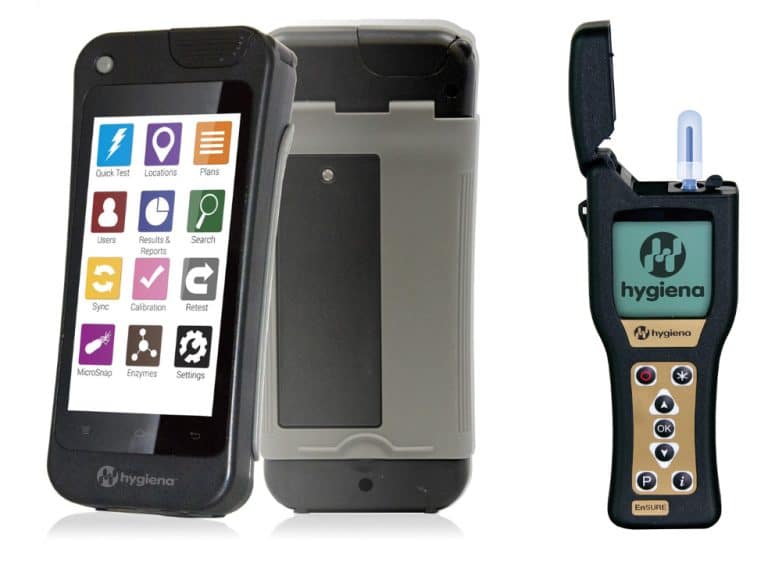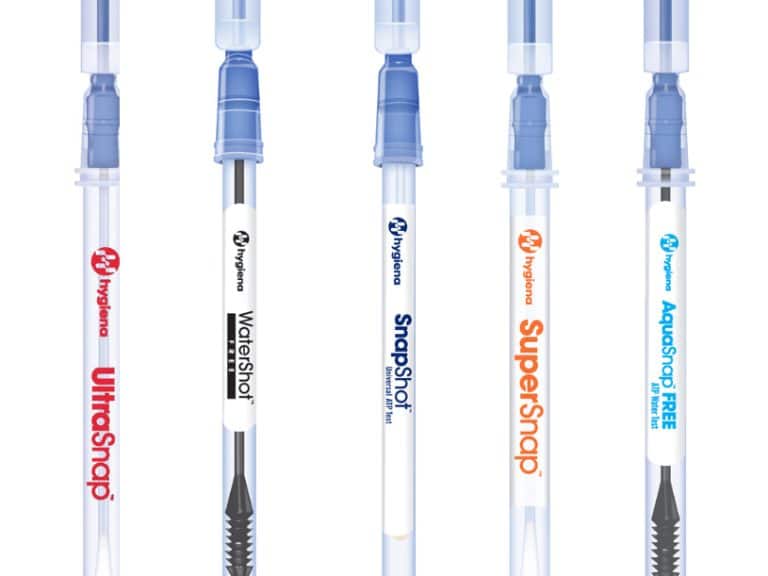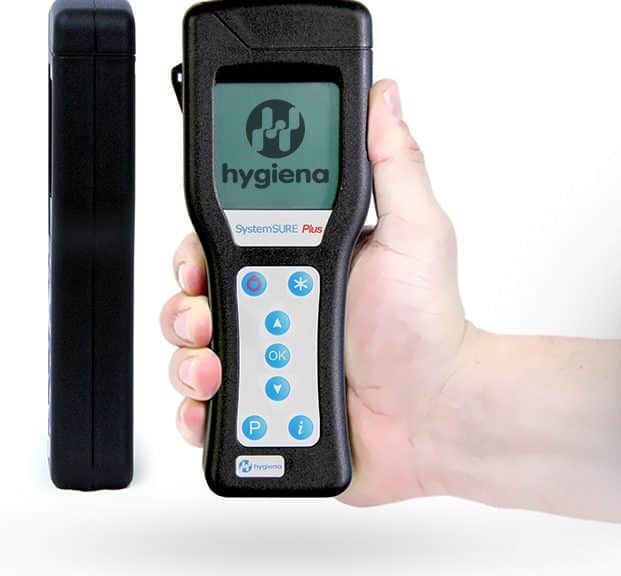ATP testing can be used in a number of industries to verify cleaning processes.
A market-leading piece of technology, the ATP test is conducted through the use of a special swab and a luminometer.
What is ATP?
Adenosine triphosphate, commonly known as ATP, is an energy molecule found in all living cells, allowing cellular metabolism to occur.
The presence of ATP can be detected in all forms of organic matter, including bodily fluids, blood and bacteria.
What is ATP testing?
ATP testing is defined by the action of undertaking a test to check for the presence of ATP on a surface after cleaning has taken place, thus informing the client whether the cleaning process is effective or not.
The ATP test itself provides accurate results that define, monitor & maintain cleaning standards within a facility. If ATP is detected on a surface, it indicates improper cleaning and the presence of contamination, including food residue, allergens and/or bacteria. This can imply that there is a potential for the surface to harbour and support bacterial growth.
How to carry out ATP testing
When undertaking an ATP test, there are three crucial elements: the luminometer, bioluminescence chemistry and the test device design.
The ATP Monitoring System manufactured by our partner Hygiena joins an industry-leading photodiode with superior liquid-stable chemistry and the patented test device, to produce the most accurate ATP Hygiene Monitoring system on the market.
Hygiena’s technologically advanced testing devices contain a natural enzyme found in fireflies, which produces a simple bioluminescent reaction when it encounters any ATP remaining on a surface. This reaction then admits light as a bi-product, and the light is measured within the luminometer.
Hygiena’s advanced testing devices contain a natural enzyme found in fireflies, which then produces a simple bioluminescent reaction when it encounters any ATP remaining on a surface. This reaction then admits light as a bi-product, and the light is then measured within the luminometer.
By measuring the amount of bioluminescence from an ATP reaction, it provides an excellent indication of a surface’s cleanliness. This is because the quantity of light generated by the reaction is directly proportional to the amount of ATP present within the sample.
The reaction is immediate, and results can be processed directly at the test site and returned within seconds. Results are shown as a numerical value on the luminometer screen as Relative Light Units (RLU).
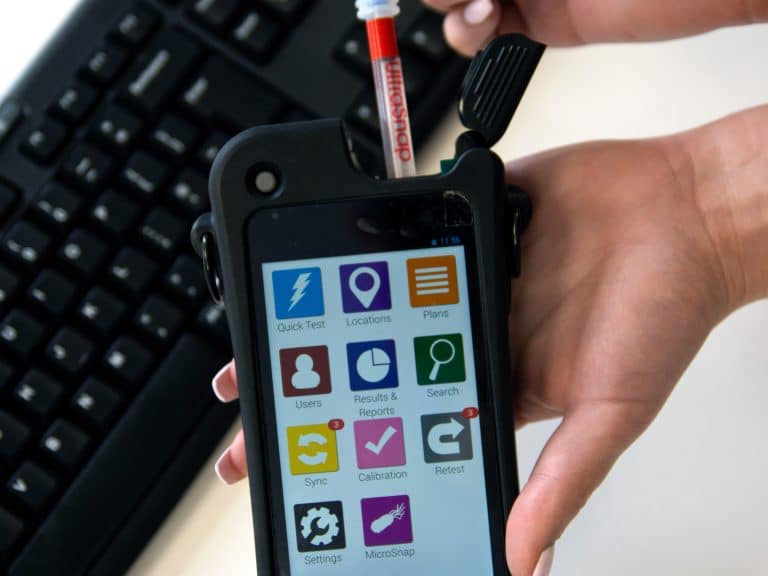
What are the uses of ATP testing?
ATP testing can be used in a variety of industries as a verification method for cleaning processes.
Depending on the regulatory nature of each industry some, such as food and beverage and healthcare, are stricter than others on where ATP testing needs to be conducted.
ATP testing is used in food and beverage facilities to confirm that the presence of ATP has been eliminated or minimised by adequate cleaning and sanitation procedures. ATP Hygiene Monitoring measures cross-contamination, ensures the integrity of the product and protects the reputation of the brand.
Food and Beverage- ATP
A vast majority of food and beverage companies that process food with any water activity or can sustain organisms carry out ATP testing.
As ATP is present in all forms of organic matter, it means that all foods contain ATP at varying levels. This is why testing for the presence of ATP is the preferred way to measure the cleanliness of surfaces and water samples. Highly processed foods such as oil will have very little to no ATP.
When to carry out ATP testing
The process of ATP testing should ideally be done after cleaning, but before sanitisation takes place. As sanitisers are less effective when product residues remain on the surface, it is best to eliminate all forms of ATP before sanitising.
There are some facilities where testing after cleaning is not possible. In these scenarios, testing after sanitisation is an acceptable solution. Most sanitisers will not affect Hygiena’s ATP testing devices, and if the proper concentration and dwell time instructions are followed, there should n no interference from sanitisers.
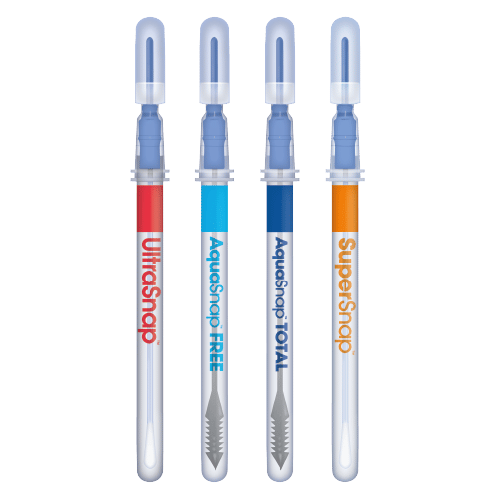
So, what are the uses of ATP?
To conclude, despite the applications of ATP testing in such a variety of industries, the use of ATP testing is to verify cleaning practices, bearing in mind the changing regulation depending on the sector of operation.
To find out more about our complete range of ATP Hygiene Monitoring devices, take a look at our ATP Monitoring page, or visit the Hygiena webpage for more information.




